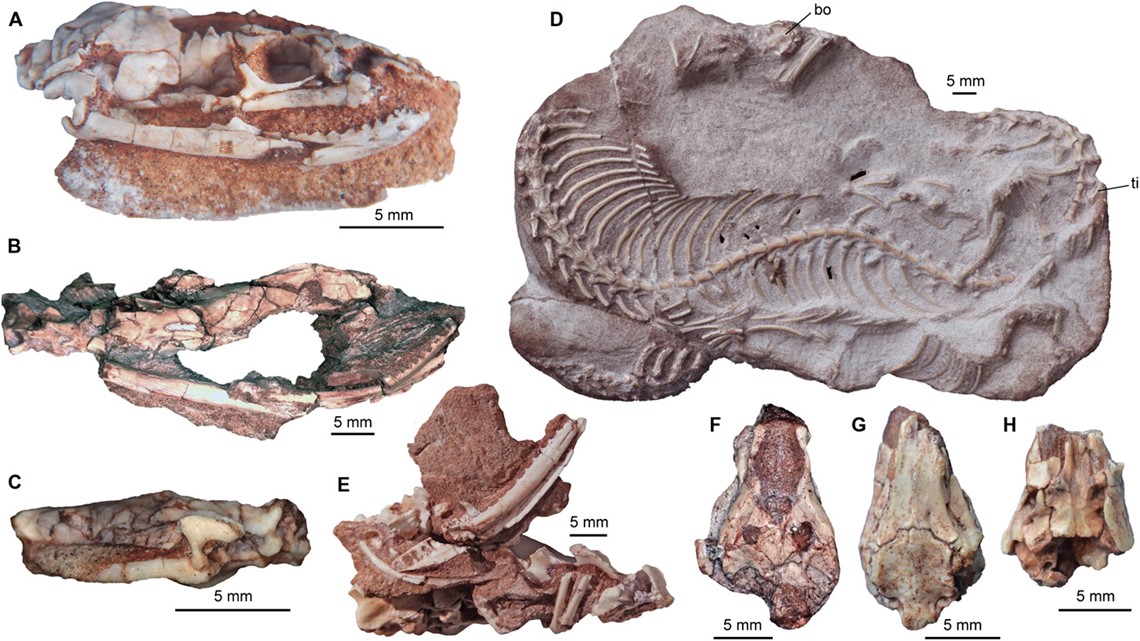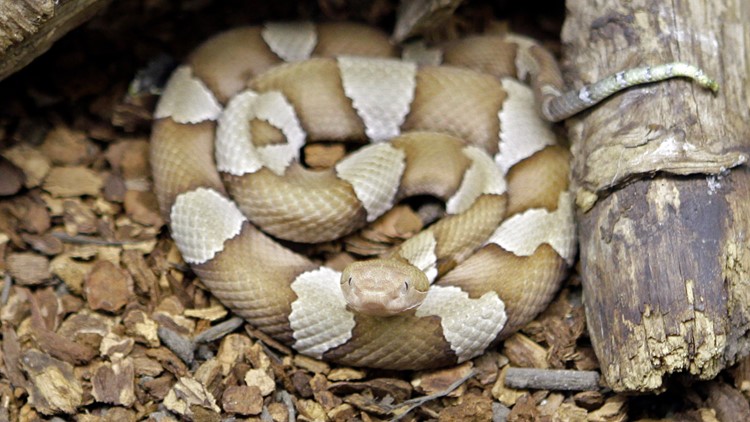ST. PETERSBURG, Fla. — As if snakes weren't scary enough, imagine them walking around.
Scientists are now saying the reptiles had limbs at one point but adapted to living without them.
They recently recovered fossils that give us more insight into how these reptiles developed and evolved over millions of years.
According to a study published in the journal Science Advances, these well-preserved snake fossils, suggest they had back legs for an extended period of time, try 170 million-plus years.
They studied the "Najash rionegrina" snake in 3D, and found they possessed primitive features more similar to lizards, like a cheekbone arch, and something intermediate between snakes and lizard, like part of a jaw joint, according to CNN.
This type of early snake had hindlimbs, they say.
"Our findings support the idea that the ancestors of modern snakes were big-bodied and big-mouthed -- instead of small burrowing forms as previously thought," said Fernando Garberoglio in a statement, lead author at the Fundación Azara at Universidad Maimónides, in Buenos Aires, Argentina.
Scientists also say the Najash lived with back legs in a successful and stable way, suggesting they weren't just there for show.
They believe the hindlimbs were useful to the snakes and weren't just part of a transitional phase before they adapted to live without them.


- New coronavirus numbers: Florida adds another 6,093 new cases
- What new Florida laws go into effect on July 1
- Growing number of children in Hillsborough, Pinellas counties test positive for COVID-19
- Human remains found during search for missing solder Vanessa Guillen
- Where can I get a COVID-19 test on Tampa Bay?
- Tampa family finds gator with missing limbs on their front porch
- Zip codes with the most coronavirus cases
- Coronavirus in Florida: Hospitalizations, deaths, new cases
►Stay In the Know! Sign up now for the Brightside Blend Newsletter





